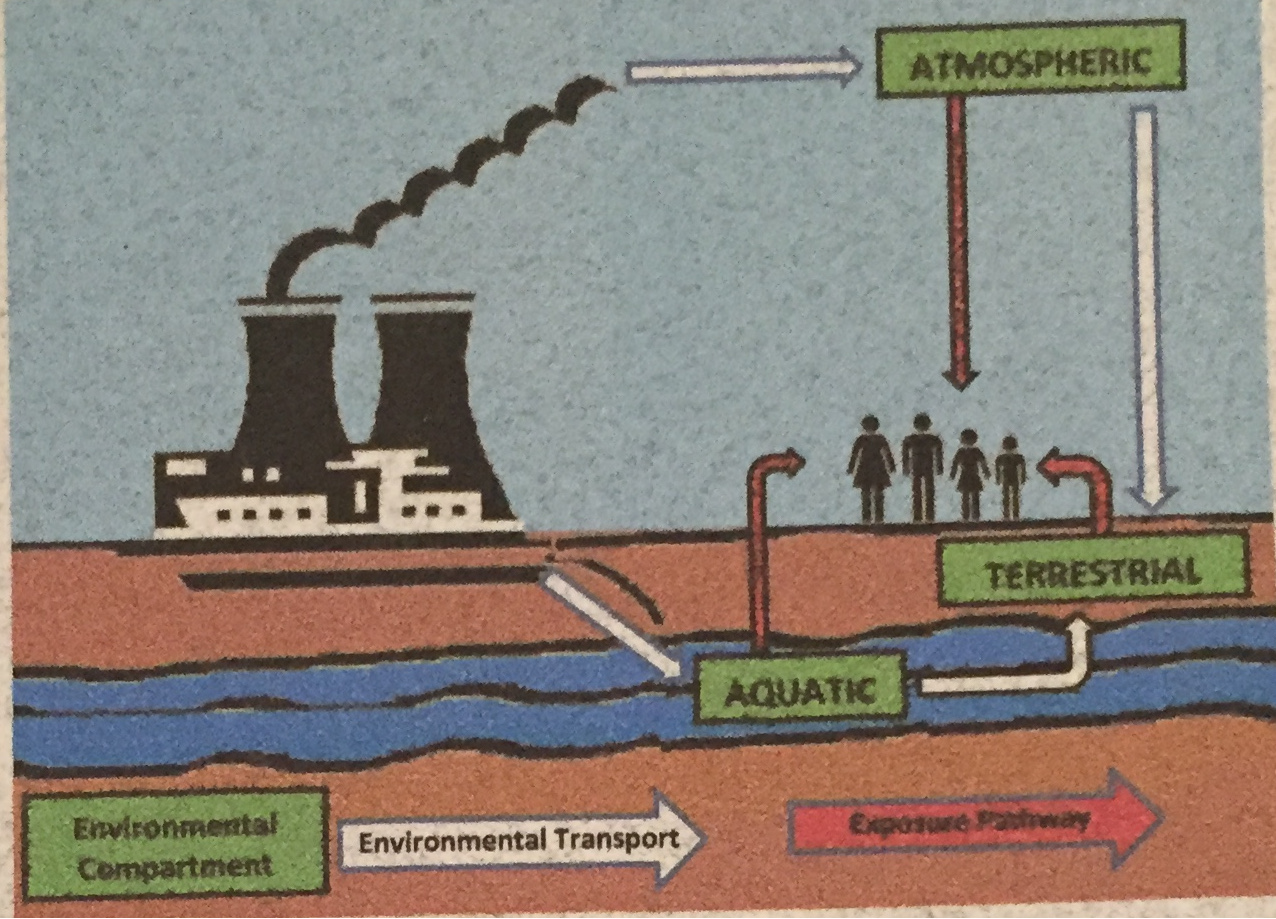
Course
Details

Course
Details
Course Length 40 hrs - 5 Days
To be determined
To provide the student with a thorough understanding of the legal, technical and programmatic aspects of the radiological effluent management programs as required in the U.S. nuclear power industry.

The student will be led through the sections of 10 CFR 20 and 10 CFR 50 that relate to the Radiological Effluent Technical Specifications and Offsite Dose Calculation Manual. Next, the supporting regulatory and guidance documents will be examined. Offsite dose assessment and effluent monitor setpoint methodologies will be examined in detail. Common variations in these methodologies will also be discussed. The impact of generic letter 89-01 and the revisions of 10 CFR 20 upon the RETS and ODCM will be addressed in detail.
This course is designed for those technical, management, and quality assurance personnel who are responsible for implementing or administrating an effluents management program.
Course Length 40 hrs - 5 Days
To be determined
To provide the student with a thorough understanding of the legal, technical, and programmatic aspects of radiological environmental monitoring as required in the U.S. commercial nuclear power industry.

The student will be led through the sections of the regulations that relate to the Radiological Effluents and Radiological Environmental Monitoring for commercial nuclear power plants. Physical factors that impact physical environmental transport and transport monitoring will be reviewed along with the radioecology of selected radionuclides. Program design considerations and selection criteria for sampling locations will be addressed. The course will look at dose modeling as well as methods for dealing with censored environmental data. The course will conclude with a look at American Nuclear Insurers program concerns, QA considerations and practical case studies.
This course is designed for those technical, management, and quality assurance personnel who are responsible for implementing or administrating the environmental monitoring program.
$1950 per course
Jim Key holds a B.S. in Physics from Vanderbilt University and a M.S. in Nuclear Physics from Auburn University. He has been providing training, consulting and software support in gamma spectroscopy, whole body and lung counting, and radiological effluents to commercial and government nuclear facilities and agencies for over 30 years. He has taught courses for 30 utilities and has provided technical comment and review on 60 radiological effluent management programs.